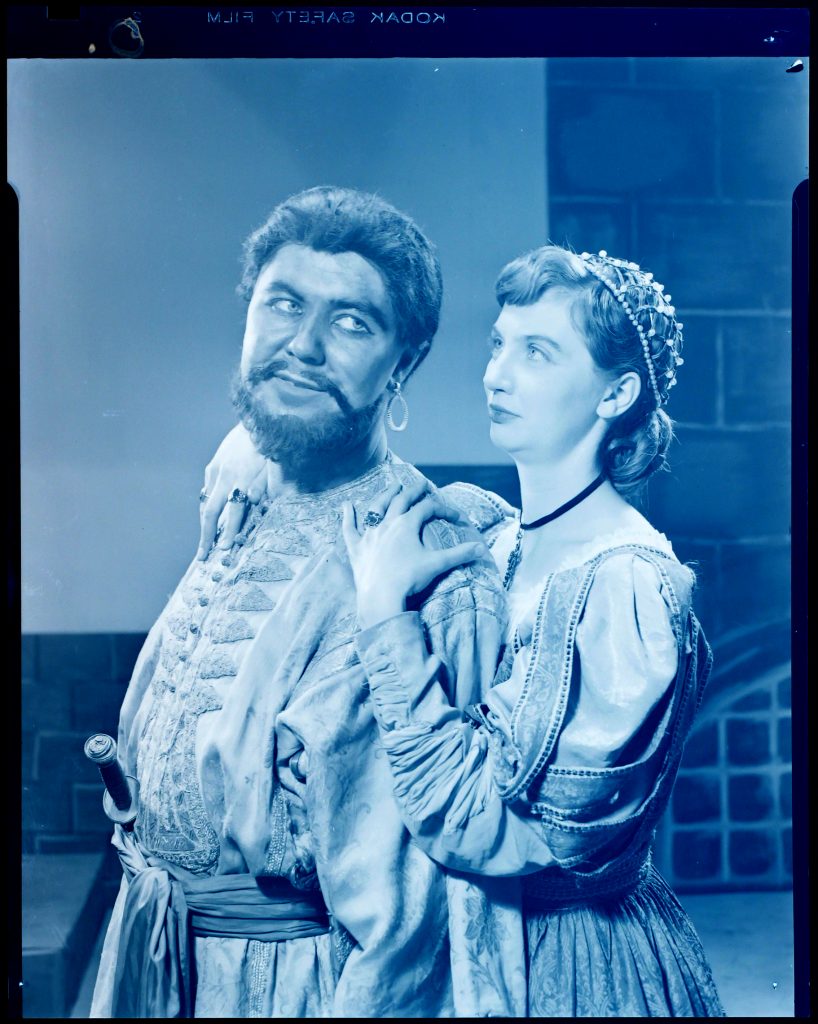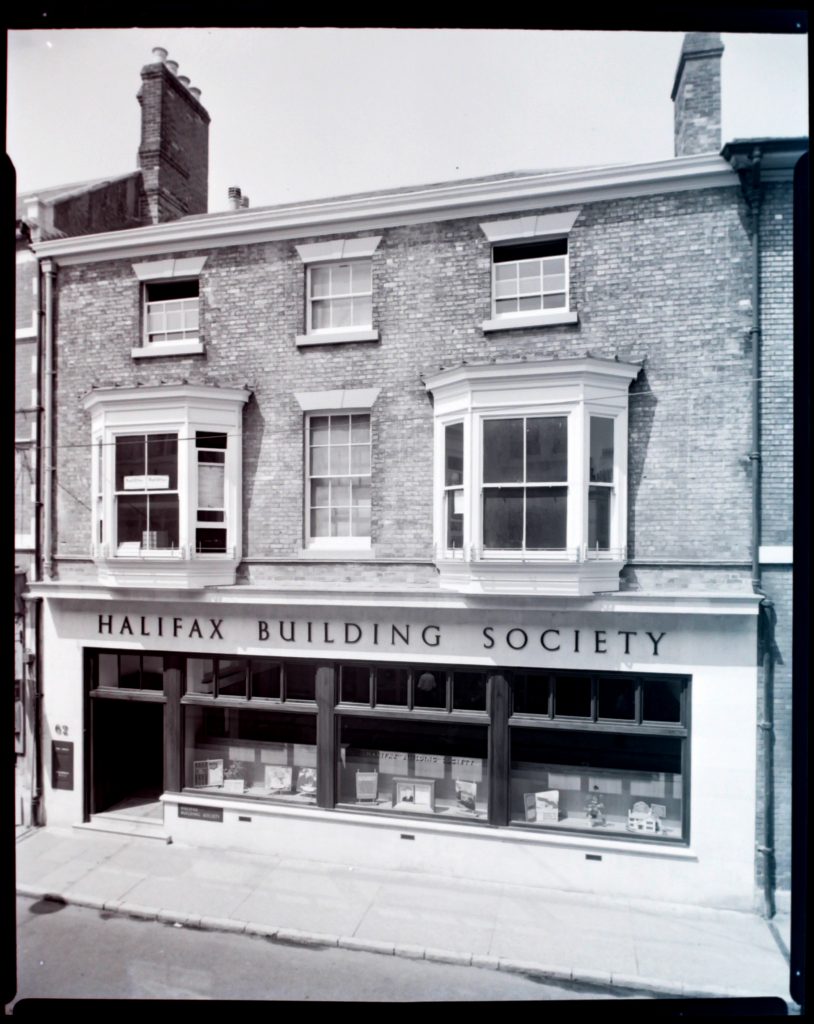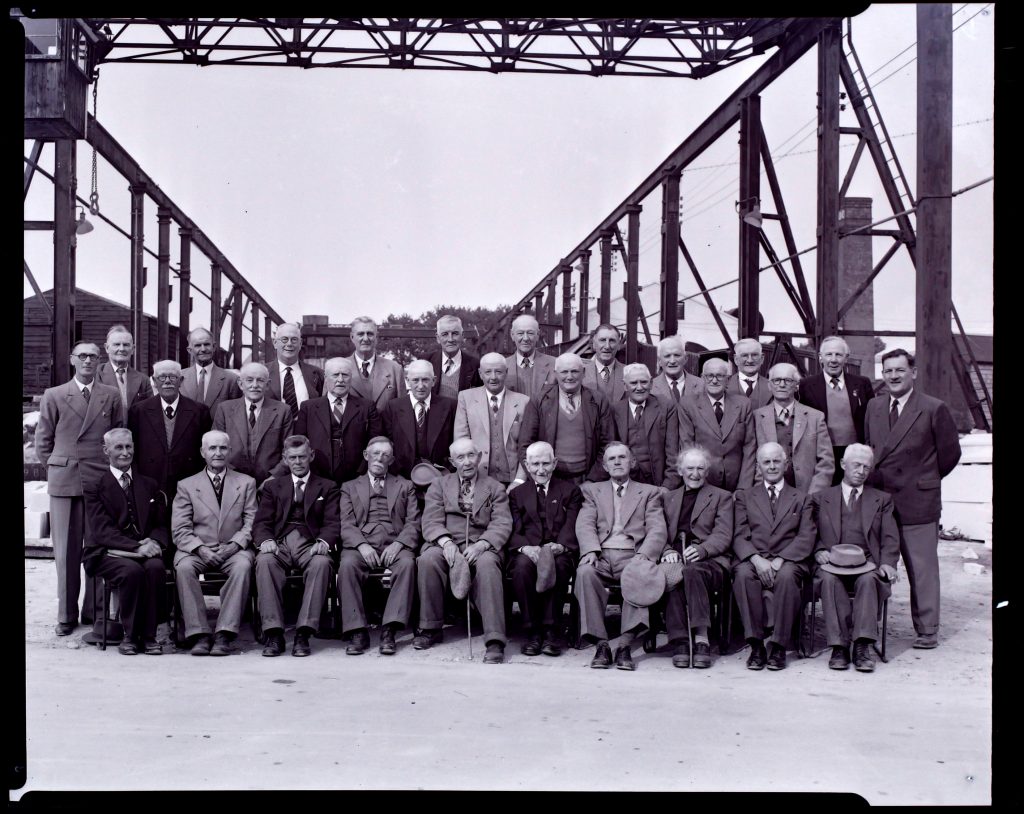The invention of photography coincided with an unprecedented advancement of technology and science, transport and communication. It was also a time of great inequality, poverty and the desire for social reform. Photography allowed the documentation of all of this as ‘real-life’ images, having previously relied on artists interpretations. It changed the way people perceived themselves and the world around them.
We are all likely to have photographs we treasure; of family, friends, holidays and celebrations. Photographs are a unique resource, but they are also very varied and extensive in their construction and methods of processing. Photographic images can be found on paper, glass, film or metal, some with layers of collodion, egg white, potato starch or gelatine, containing silver, dyes or pigments. Often, they are part of a composite object such as frames, albums, cases made from leather, metal and wood. As such, photographs are fascinating but challenging objects!
Some common types of photographic material through time
Daguerreotypes
The first commercially successful photographic process used from 1839 on, these images are taken on a polished copper plate. The image was highly detailed but very fragile and they are most commonly found protected by frames. The process was very expensive so only the wealthy could afford portraits.
Albumen print
Invented in 1850 and made by coating paper with a layer of egg white and silver nitrate, albumen prints produced a clear image and remained the most popular process until 1900. However, they tend to fade or turn yellow over time and are often adhered to board to stop them curling.
Gelatine silver prints
Gelatine silver prints generally replaced albumen prints by the end of the 19th C. They were simpler to produce and were more stable, remaining black and white.

Photographic film
In 1900 the first mass-marketed camera, the Brownie, went on sale. Companies rapidly developed new cameras and plastic-based films. Films were initially made from nitrate, which is highly flammable. ‘Safety film’ was developed from acetate in the 1920’s, but this too easily degrades. By the end of the 20th C polyester film was developed as a completely stable alternative.
Polaroid
In the mid-20th C this instant film was developed. However, the processing chemicals are not washed off and remain in the paper affecting their ageing abilities.
Colour prints
Various processes are utilized to make colour prints, using red, green and blue to create all other colours. The typical fading and reddish discolouration seen in photographs from the 1960’s and 70’s are due to light-sensitive dyes that were used rather than more permanent pigments or metals.

Digital print
Digital images are created by embedding pixels, light-sensitive electrical signals, on a computer chip. A printer can then be used to create a physical image.
Photographic collections at DHC
Photographs in our collections range from a single print or album to vast archives containing hundreds of images. One of our largest photographic collections is the work of Weymouth photographer Graham Herbert (ref: D-HBT). Spanning four decades, the Herbert collection offers us a glimpse into the lives of local people in the second half of the twentieth century. Herbert captured everything from panto and beauty pageants to traffic jams and fire devastating Weymouth Pavilion.

The wonderful thing about photographic collections is their diversity. Of course we have plenty of views of our beautiful county! But if drain covers and signposts take your interest we have photos of those too! Details of all our photographic collections can be found on our catalogue.
Fun Fotography Facts!
- The oldest surviving camera photograph was taken by Niepce in 1826 and took 8 hours to expose!
- Everyone looks serious in old photographs because they had to stay completely still for the several minutes it took to take the photo, no one could maintain a smile for that long!
- The first image of a person was an accident. Daguerre took a photo out his window in Paris in 1838. The exposure took seven minutes and the only person not moving during this time was a man having his shoes polished!
- The Victorians took posthumous photos of their loved ones with their living relatives as a way of remembering them.
- We take more photos every two minutes than were taken in the whole of the 19th century!
- The most ‘liked’ image on Instagram is a photo of an egg on a white background…!


Hello,
Back in the late 1960s I worked for noted Portrait Photographer Donald S. Herbert at his Southampton Studio. I know he came from Weymouth and could be related to Graham Herbert. I would be grateful for any information you could give me regarding this.
Thank you.
Richard Clements
Hi Richard, we’ve done some work on Graham Herbert’s ancestry and according to the information we have found Donald Sidney Herbert was actually Graham Herbert’s older brother (about four years older).The basic information we have is as follows:
Graham Herbert was born on 5 April 1911 to Sidney John and Ruth Herbert. At the time, the family was living on Kings Road in Walton-on-Thames, Surrey. The baptism register lists Graham’s father as a cabinet maker. The census from the same year provides a bit more detail about the family. In 1911 Mr and Mrs Herbert, both 34 years old and married for 10 years, had two other children – Gladys Irene Ruth, aged 7, and Donald Sidney, aged 4. The census was taken just a few days before Graham was born so his name does not appear. The census also tells us that Sidney Herbert was working in a dental factory making cabinets. We have traced Graham’s parents back to the 1901 census when they were living at 106 Malpas Road, Deptford, and to their marriage on 22 September 1900 in St James’ Church, Hatcham, London. Further back still, we can find a 4 year old Sidney living with his parents, John P. and Amelia Herbert, and siblings Florence (2 years old) and Stephen (3 months old) in Chatham, Kent in 1881. Sidney started school at St John’s National School, Lewisham aged 7.
Fast-forward to the 1920s and Graham’s family had moved to Weymouth. In the Kelly’s Directory of 1935, S.J. Herbert is listed as a photographer at 9 Coburg Place. When Sidney died in 1949 Graham took over the family business, operating from a shop in St Thomas Street.
It seems that Donald S Herbert was still living in Grosvenor Place, Weymouth by the time of the 1939 register, and was listed as a Photographer at that time. We don’t immediately know where he went after this – more research would be required, most likely in electoral registers (although these do not exist for the period of the Second World War).